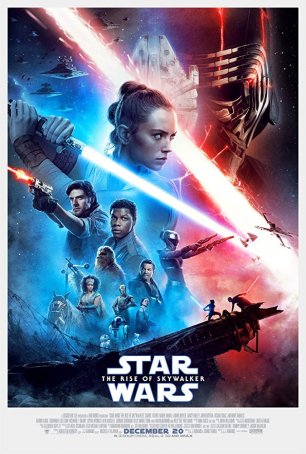Wordplay
For a period in the mid-2000s I had to work on Sundays, something I was not at all thrilled about. To make matters worse, I had to work in Boca Raton, but that's another story. The drive was a good 1/2 hour plus, and those dreary mornings were made a bit more palatable by NPR's Weekend Edition, specifically the regular segments with Will Shortz, a puzzlemaster who edits the infamous New York Times crossword. He would present a challenge for listeners (and WE host Lianne Hansen) such as "You'll be given two things in the same category. You name the only other thing in the same category that fits between the given things alphabetically. For example, given 'Mars' and 'Saturn', the answer would be 'Mercury.'"
I would play the game aloud along with the caller, and sometimes I was quick on the draw and other times left in the dust. I marvelled at how rapidly people could think and respond.
If you've ever attempted the NYT crossword, you know what a formidable challenge it is. Now imagine being timed. The contestants at the annual American Crossword Puzzle Tournament are able to solve them, in some cases, in under 5 minutes. I do the crossword at least twice a month and only occasionally do I even complete it, much less in record time. The 2006 documentary WORDLPAY introduces us to Shortz and several others who design and solve those puzzles over which millions obsess. This would include notables like former President Bill Clinton, former New York Yankee pitcher Mike Messina, Daily Show host Jon Stewart, documentary filmmaker Ken Burns, and the Indigo Girls, all of whom appear in this movie. Stewart sits in his office, doing the crossword in pen (a mighty brave thing) and yells "Bring it, Shortz!"
And I wish WORDPLAY had spent more time with the famed puzzlemaster. Early on he sits and gives a brief summary of his early life, how he was able to create his own major (enigmatology) at Indiana University, how he came to be Editor at the Times in 1993. Most amusingly, he reads some of his "fan" mail, many somewhat hostile from baffled puzzle nuts. But then Shortz is mainly seen hovering in the background at the 2005 Tournament, officiating while people such as Al Sanders, Trip Payne, and Tyler Hinman are given more screen time.
WORDPLAY also spends quite a bit of time with Merl Reagle, one of the Times puzzle constructors. He explains how such things are made, pointing out how some words (including bodily functions) are never at his disposal. He, like the others featured in WORDPLAY, are always looking to solve riddles or create them. When he looks at a Dunkin' Donuts sign, we moves the "D" to the rear of "Dunkin'" to create "Unkind Donuts". When he sees the words "Noah's ark", his anagram mind rearranges the letters to create "No, a shark".
Director Patrick Creagon ingeniously uses graphics, square by square, to display Reagle's building of a new puzzle. How fascinating to learn how much more intricate puzzle construction is than merely finding how to fit words horizontally and vertically, but also to use clues for each answer that fits into an overall theme. Whizes like Payne (also a constructor) are able to call upon lateral thinking (and encyclopedic knowledge and recall) in practically milliseconds to fill in the squares. The final round of the ACPT has the three finalists (listed above) standing before giant white board crosswords in front of an audience. The suspense is almost as palpable as it if we were watching a sporting event at tiebraker. Hinman, a mere 20 at the time, would be the youngest contestant to ever take first prize.
WORDPLAY is a bit long at nearly 90 minutes. An hour would've been sufficient. But this is still great fun for those whose crosswords and cryptoquotes are sitting half done on the coffee table.



Comments